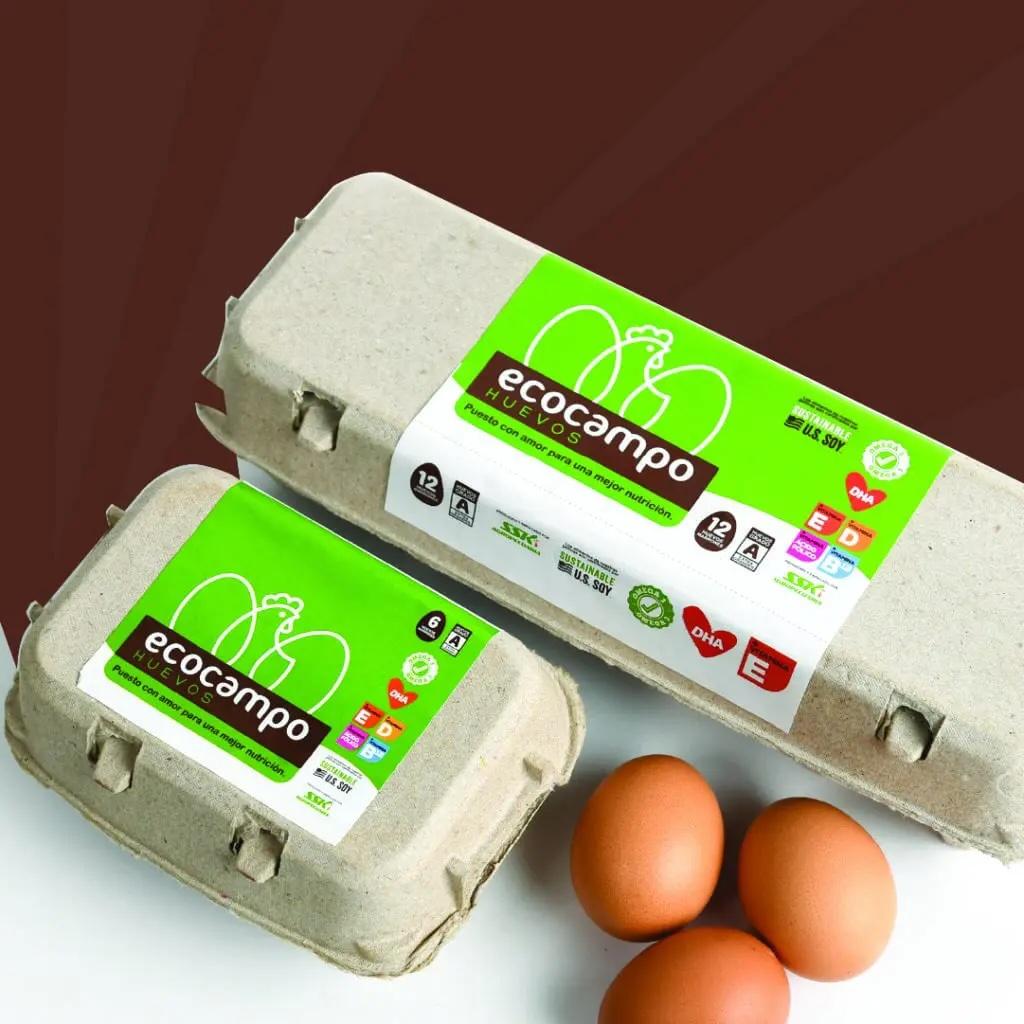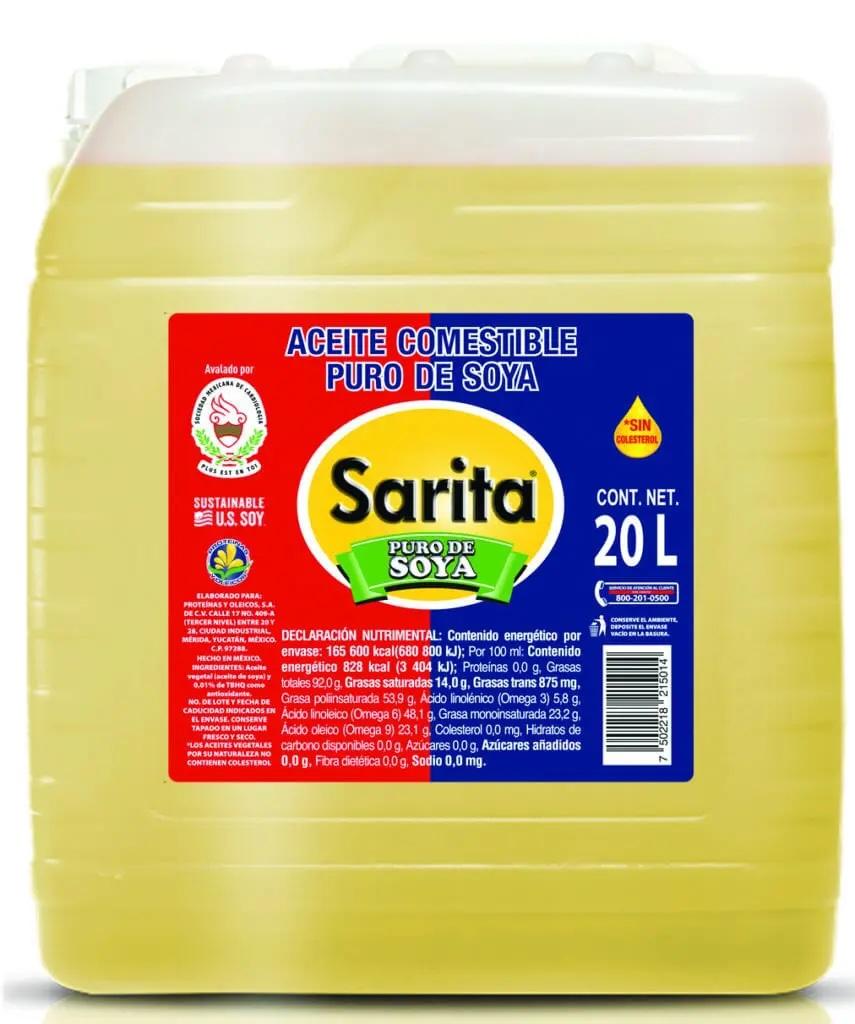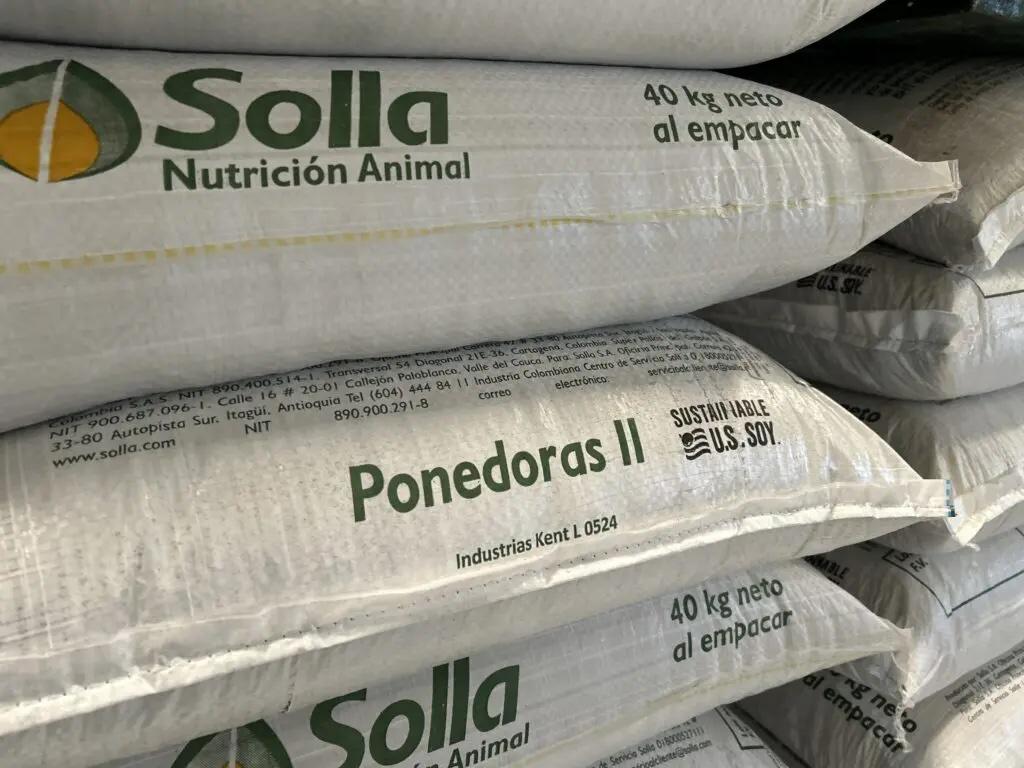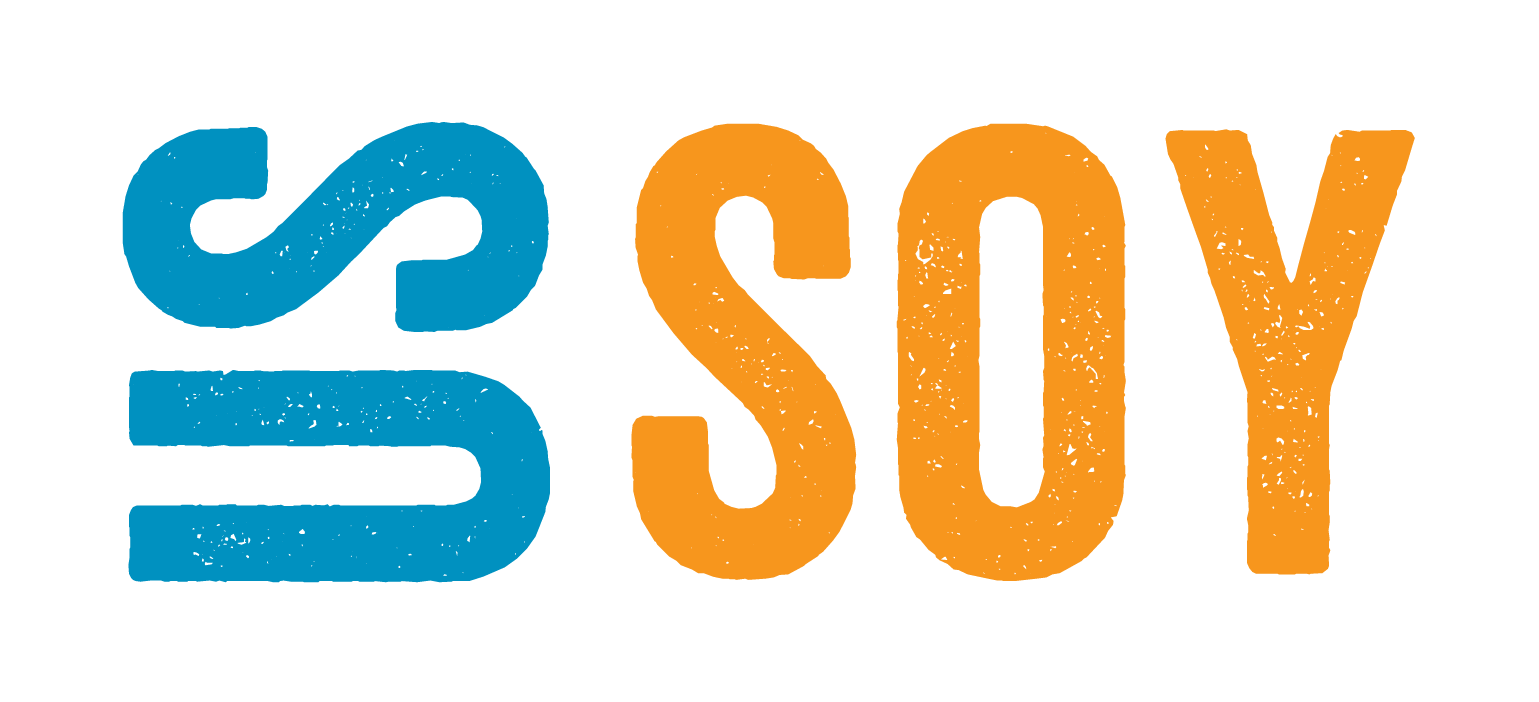Labeling Sustainable U.S. Soy Around the World
Package labels share important details about what’s inside, where it came from and how it was made. They answer critical questions as people decide what to buy.
One frequent question revolves around the sustainability of a given product. More and more people around the world expect sustainable products, prompting businesses to require supply chain sustainability.
As sustainability has elevated from a “want” to a “need,” U.S. Soy is delivering. U.S. Soy has the lowest carbon footprint, compared with soy of other origins.1 U.S. Soy farmers produce more soy while using fewer resources, use farming practices that reduce their carbon footprint and help preserve forestland.
To show that, the U.S. Soybean Export Council (USSEC) introduced the “Sustainable U.S. Soy” logo in 2015. It pairs with the U.S. Soy Sustainability Assurance Protocol (SSAP), which verifies that U.S. Soy meets globally recognized standards.
To license the logo for use on product packaging, companies commit to using 90% U.S. Soy verified by the SSAP in whole soybean products. For other products carrying the label, like food or animal feed, companies agree to use at least 60% U.S. Soy backed up by a SSAP certificate.
In 2023, USSEC developed a similar opportunity for animal protein companies around the world. The “Fed with Sustainable U.S. Soy” label can be used on products like pork, poultry and shrimp where at least 60% of the soy in the feed ration was sustainable U.S. Soy, as verified with SSAP certificates.
These labels have been well-received by companies and customers alike. To date, more than 100 companies in 19 countries are using these labels on more than 1,000 products. The Sustainable
U.S. Soy labels demonstrate a tangible commitment to sustainability in countless places.
For example, Japanese consumers can enjoy individually packaged tofu bars carrying the Sustainable U.S. Soy logo from local 7-Eleven convenience stores. Four flavors of Seven Premium tofu bars became the first 7-Eleven products displaying the logo last year.
Many products carrying the Sustainable U.S. Soy label can be found in Central and South America, in countries like Belize, Colombia, El Salvador and Guatemala. An animal feed company based in El Salvador incorporates it into their pet food products, underscoring a commitment to sustainability.
In Sri Lanka, 10 prominent poultry companies and feed mills have committed to using the Fed with Sustainable U.S. Soy label. It appears on more than 20 products, showing that these Sri Lankan companies are dedicated toward bringing sustainable-sourced food to the island nation.
As part of the first anniversary celebration of Vietnam Airlines’ non-stop flight from Ho Chi Minh City to San Francisco, the company created a special menu. Among other U.S. products, the menu featured Ichiban soymilk, carrying the Sustainable U.S. Soy logo. This was the first of 23 products from that company to use the label.
Recently, Sarjo Daerim Corporation in South Korea expanded use of the Sustainable U.S. Soy logo from eight to 21 products. Company leadership reports that not only does this help meet their sustainability goals, but sales have also increased 23% since adding the label to soy products.
According to a U.S. Soy farmer survey, most U.S. Soy farmers say they strive to produce soybeans in the most sustainable and environmentally friendly way possible. They aim to make improvements every growing season. The “Sustainable U.S. Soy” and “Fed with SustainableU.S. Soy” labels represent that commitment on packages of food and feed products sold around the world.
Reference
1 U.S. Soy Delivers Solutions: Enabling Sustainable Production and Consumption, USSEC, accessed July 2024.





